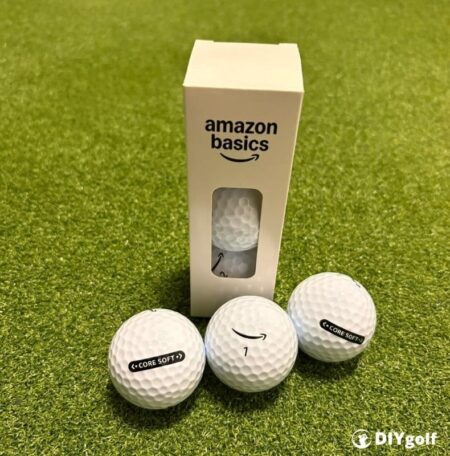In the quest for greater power and efficiency, athletes and fitness enthusiasts alike often focus on generating maximum force through their hip rotation. However, recent insights suggest that over-rotating the hips may actually hinder performance rather than enhance it. Experts now emphasize the importance of controlled hip movement to optimize power output while minimizing the risk of injury. This article explores why dialing back excessive hip rotation could be the key to unlocking your true athletic potential.
Understanding the Impact of Hip Over-Rotation on Performance Efficiency
Excessive rotation of the hips during dynamic movements can lead to a significant decrease in performance efficiency. When hips rotate beyond their optimal range, energy that could otherwise be channeled into force production is dissipated, resulting in less power output. This inefficiency often manifests as slower reaction times, diminished acceleration, and compromised technique, especially in sports requiring explosive hip engagement such as sprinting, golf, or baseball pitching.
Key consequences of hip over-rotation include:
- Energy leakage: Momentum is lost through unnecessary lateral movement.
- Increased injury risk: Over-rotation stresses the lower back and hip joints.
- Reduced stability: Excessive twisting disrupts balance and alignment.
| Impact Factor | Performance Effect | Recommended Correction |
|---|---|---|
| Excessive Hip Twist | Loss of force transfer | Focus on controlled hip hinge |
| Lack of Core Engagement | Unstable posture | Incorporate targeted core drills |
| Overextension | Strain on lumbar spine | Maintain neutral spine alignment |
Techniques and Drills to Correct Hip Alignment for Enhanced Power Output
Achieving optimal hip alignment begins with targeted drills that enhance body awareness and control. One essential technique is the “Wall Hip Alignment Drill”, where athletes perform slow hip rotations against a wall to prevent excessive twisting. This drill encourages maintaining a neutral hip position and strengthens stabilizing muscles. Coupled with dynamic hip flexor stretches, such as the “lunge with reach,” these exercises open up mobility without sacrificing control, which is critical for balanced power delivery. Incorporating resistance bands for lateral hip walks also reinforces proper tracking, mitigating tendencies to over-rotate during explosive movements.
Complementing these physical drills are functional movement patterns that retrain your neuromuscular system. Practicing controlled med ball throws with a focus on minimal hip rotation trains the body to channel power linearly rather than rotationally. Below is a concise breakdown of effective drills designed to refine hip alignment and amplify force transmission:
- Wall Hip Alignment Drill: Develops hip control by limiting over-rotation.
- Resisted Lateral Band Walks: Strengthens glute medius for lateral stability.
- Med Ball Overhead Throws: Promotes power generation with consistent hip positioning.
- Dynamic Hip Flexor Stretches: Balances mobility with stability.
| Drill | Primary Benefit | Duration/Frequency |
|---|---|---|
| Wall Hip Alignment Drill | Improves hip positional awareness | 3 sets of 10 reps (slow) |
| Resisted Lateral Band Walks | Enhances lateral hip stability | 4 sets of 15 steps each side |
| Med Ball Overhead Throws | Focuses power through limited rotation | 3 sets of 8 throws |
| Dynamic Hip Flexor Stretches | Maintains hip mobility and control | Daily, 2 minutes per side |
Future Outlook
In conclusion, mastering hip rotation without overdoing it is key to unlocking true power in your movements. Athletes and fitness enthusiasts alike should focus on controlled, efficient motion to prevent injury and enhance performance. By adopting these techniques, you can ensure that every turn and twist contributes to your strength rather than detracting from it. Stay tuned for more expert insights as the science of movement continues to evolve.








